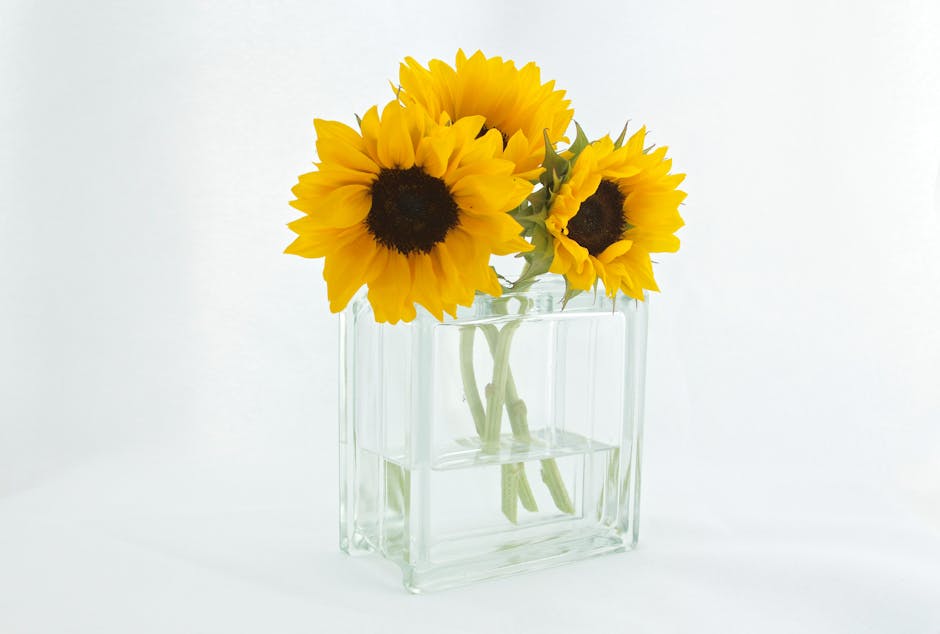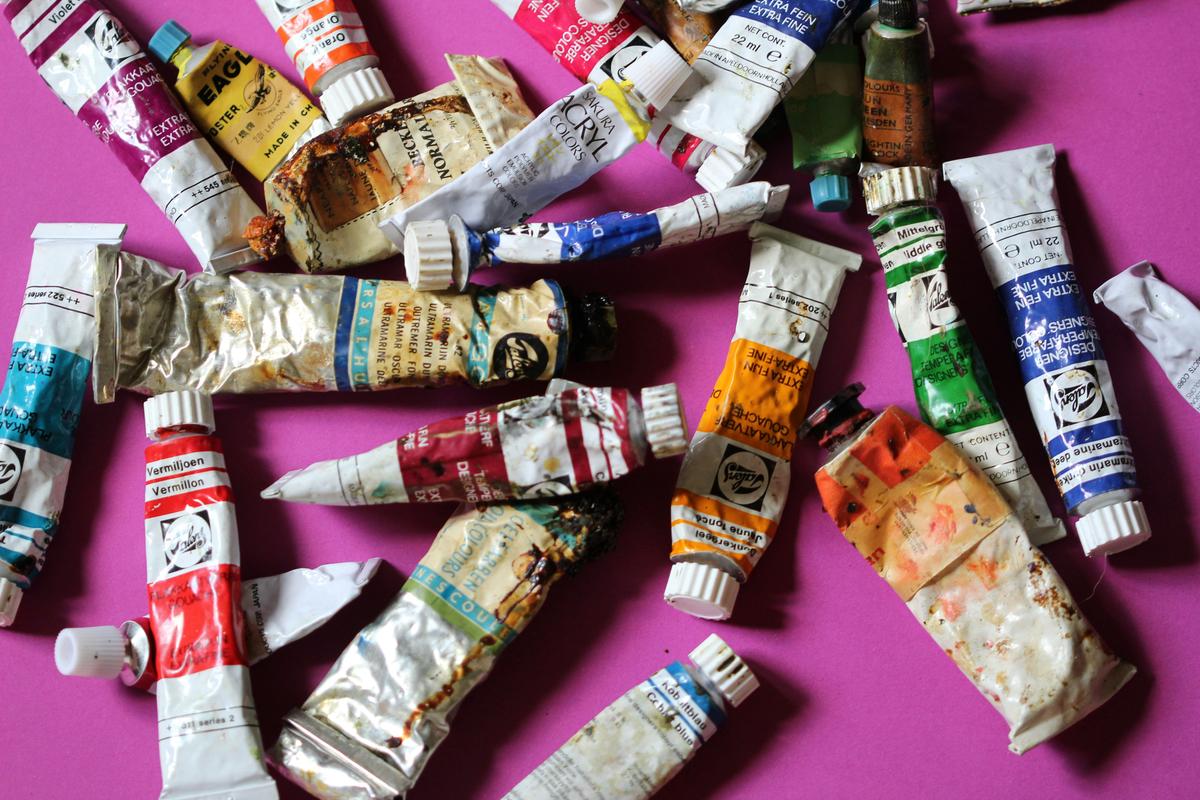Van Gogh's Early Color Palette
Vincent van Gogh's early works featured dark, earthy tones like olives, umbers, and ochres. These colors reflected his gritty, realist approach to scenes of peasant life. Paintings like "The Potato Eaters" showcased muted browns and deep greens, capturing the somber atmosphere of the subjects.
His initial palette was influenced by lessons with Anton Mauve, a leading figure in The Hague School. Mauve's palette consisted mostly of greys and blues, fitting for Dutch landscapes.
Van Gogh wasn't content with this subdued color world. He studied color theory, experimenting with complementary colors. During his time in Nuenen, his works integrated this theory while still holding onto deep browns and greens. Earth tones dominated, but glimmers of experimentation started appearing.
Paris marked a turning point for Van Gogh's palette. Inspired by Eugene Delacroix and Impressionist influences, he began to embrace a broader color spectrum. His pieces started lighting up with unexpected brilliance, featuring cobalt blues and cadmium yellows alongside the old earth tones.
He adopted elements of the Pointillist technique, painting with tiny, vibrant dots. Van Gogh's relentless experimentation included weaving balls of colorful wool to test combinations before applying them to canvas. In Paris, he created numerous color studies, demonstrating his growing mastery over this dynamic medium.
In just a few years, Van Gogh transformed from using muted earthy tones to vibrant collections of color. This journey marked a significant change in not just his work, but in Van Gogh himself as an artist.
Influence of Paris on Van Gogh's Color Use
Paris revolutionized Van Gogh's color palette. The avant-garde art scene, dominated by Impressionists and Pointillists, opened his eyes to new possibilities in light and color. Van Gogh began to see color as the soul of an image, not just a component.
Seurat's Pointillism particularly captivated him. The technique of using tiny dots of pure color to create radiant scenes influenced later works like "The Starry Night," where Van Gogh turned the night sky into a swirling symphony of blues and yellows.
The Impressionists' depiction of sunlight also inspired him. His palette began to glow with vibrant, contrasting colors like cadmium yellow and cobalt blue. "The Red Vineyard" exemplifies this newfound passion, with fiery reds and lush greens conveying emotion and vitality.
Key Influences on Van Gogh's Parisian Color Evolution:
- Pointillism technique by Georges Seurat
- Impressionist approach to capturing light
- Exploration of complementary color relationships
Van Gogh didn't just borrow these techniques; he internalized and reshaped them to suit his vision. He explored the relationships between complementary colors, pushing contrasts to their limits to convey deep emotion.
This Parisian period marked a critical metamorphosis in Van Gogh's artistic vision. His paintings from this time are ablaze with life, experimental zeal, and emotional depth. Paris transformed Van Gogh into a master of color whose works continue to illuminate the art world.
Symbolism in Van Gogh's Color Choices
Van Gogh's colors were imbued with layers of meaning and emotion. In his "Sunflowers" series, yellow represents more than the flowers' natural color. It invokes happiness, energy, and hope. Van Gogh once wrote, How wonderful yellow is. It stands for the sun,
reflecting his view of yellow as a symbol of life itself.1
The tension between red and green in "The Night Café" captures emotional chaos. These complementary colors clash, creating visual tension that mirrors psychological discomfort. Van Gogh used this contrast to communicate the feeling of unease and moral decay he felt in such settings.
In "Starry Night," swirling blues and yellows evoke wonder and contemplation. The celestial blues draw viewers into the depths of the universe, while golden stars punctuate the night with hope. Here, colors become metaphors for life's cycles and human emotion.
| Painting | Colors | Symbolism |
|---|---|---|
| The Sower | Earthy browns, vibrant yellows | Labor, growth, struggle, hope |
| Shoes | Muted browns, dark earth tones | Working class life, simplicity, hardship |
Van Gogh's palette was a set of symbols he used to communicate thoughts and emotions. His choices were deliberate, rooted in color theory but blooming into personal and profound statements. When viewing a Van Gogh masterpiece, look beyond the vivid swirls and consider the feelings and messages infused into every color.

Van Gogh's Mastery of Complementary Colors
Van Gogh's skill with complementary colors was a key part of his artistic journey. He understood that colors opposite each other on the color wheel created visual tension and vibrancy when used together. This technique brought his paintings to life, filling them with intensity and emotion.
In "Autumn Landscape," Van Gogh uses blue and orange to great effect. The blue skies contrast with the orange foliage, creating a lively scene that captures the changing seasons. His self-portraits also show this understanding, like one where he pairs yellow hair and beard with purple clothing and background. This choice not only looks striking but also reveals something about Van Gogh's approach to art as emotional expression.
"The Night Café" is another example of his expertise. The clashing red walls and green details create an unsettling atmosphere, reflecting the emotions Van Gogh wanted to convey. In "Irises," he takes advantage of blue and orange again, making the flowers stand out vividly against their background.
"Cafe Terrace at Night" showcases Van Gogh's skill with light and color. The bright yellow of the café's lights against the deep blue night sky turns an ordinary scene into something magical.
What makes Van Gogh's use of complementary colors special is how he used them to express emotion. His paintings aren't just visually balanced; they're alive with feeling, mirroring the complexity of his own experiences. Through his understanding of color interactions, Van Gogh transformed his canvases into powerful expressions of human emotion and natural beauty.
Van Gogh's Pigments and Techniques
Van Gogh's approach to color wasn't just about choosing hues; it was about the materials and methods he used. His palette included both traditional and new pigments that allowed him to push the boundaries of color in exciting ways.
- Ultramarine blue: Crucial for paintings like "Starry Night," its deep, mysterious quality helped capture the night sky's infinite feel.
- Cadmium yellow: A newer pigment at the time, gave his sunflowers their iconic brightness, creating scenes bursting with warmth and life.
- Vermilion: A bold red that added intensity to works like "The Red Vineyard" and "The Night Café," seeming to pulse with Van Gogh's own passion.
Van Gogh's techniques were as innovative as his color choices. Inspired by Pointillism, he used dots and dashes to create images that seemed to shimmer with life. This method allowed him to capture light, texture, and movement in a unique way. In "The Starry Night," for example, the swirling sky is made up of many small marks that create a mesmerizing effect.
But Van Gogh wasn't limited to one technique. His brushstrokes could be bold and sweeping or fine and detailed, depending on what he wanted to express. In "Wheatfield with Cypresses," his energetic strokes echo the power of the wind, while in his still lifes, his approach could be more delicate.
Van Gogh's combination of pigments and techniques transformed not just his own art but painting as a whole. He took what he learned from color theory and his own experiments and created something uniquely his own. Every shade and brushstroke in his paintings reflects his passion for capturing the essence of life and emotion on canvas.

Photo by polarmermaid on Unsplash
Impact of Van Gogh's Color Use on Art
Van Gogh's bold use of color changed more than just his own art; it influenced generations of artists that followed. His expressive palette showed that colors could do more than just imitate reality – they could evoke feelings, tell stories, and express inner emotions.
The Fauvist movement, which emerged shortly after Van Gogh's time, drew direct inspiration from his daring color choices. Artists like Henri Matisse and André Derain used unexpected color combinations, much like Van Gogh did, to emphasize emotion over realism.
Van Gogh's influence extended to modern art movements like Expressionism and Abstract Expressionism. Artists such as Wassily Kandinsky and Jackson Pollock pushed color boundaries even further, using it as a powerful tool for expression.
"Color provokes a psychic vibration. Color hides a power still unknown but real, which acts on every part of the human body." – Wassily Kandinsky
In contemporary art, Van Gogh's techniques continue to resonate. Street artists, digital creators, and even fashion designers incorporate his vivid palette and contrasting hues in their work. His approach to color has also become important in fields like graphic design, marketing, and interior decoration.
Van Gogh's life and works provide inspiration for artists dealing with their own emotional landscapes. His journey from dark tones to vibrant colors offers a testament to the healing power of artistic expression, influencing modern art therapy practices.1
Interactive exhibitions inspired by Van Gogh's work use technology to bring his colors to life in new ways, allowing audiences to experience the emotional impact of his paintings firsthand.
In essence, Van Gogh didn't just add colors to canvas; he opened up new possibilities for artistic expression. His revolutionary techniques have forever changed how artists use color to communicate and inspire.
Van Gogh's journey with color transformed his artistic vision and left a lasting mark on the art world. His bold use of complementary colors and innovative techniques inspired countless artists to see color as a powerful tool for expression. When you look at one of his paintings, remember that each vibrant hue represents his passion for capturing life and emotion on canvas.




















